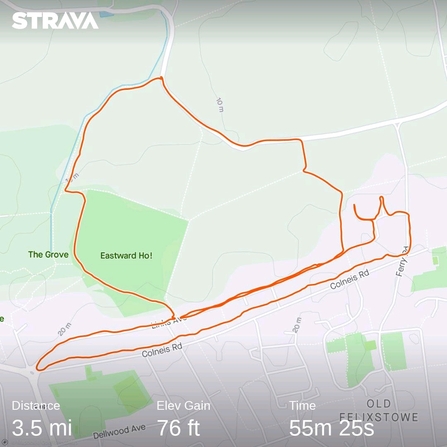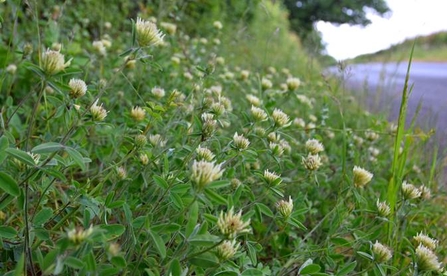Week two of 30 Days Wild has flown by with a whole variety of different random acts of wildness from our members of staff across the county. 30 Days Wild is the Wildlife Trust’s biggest mass participation campaign that challenges people to do a random act of wildness throughout the month of June, making wildlife part of their everyday lives.
It’s never too late to join in with 30 Days Wild, why not sign up here and download your free digital pack. Here’s what we’ve been getting up to this week;


















